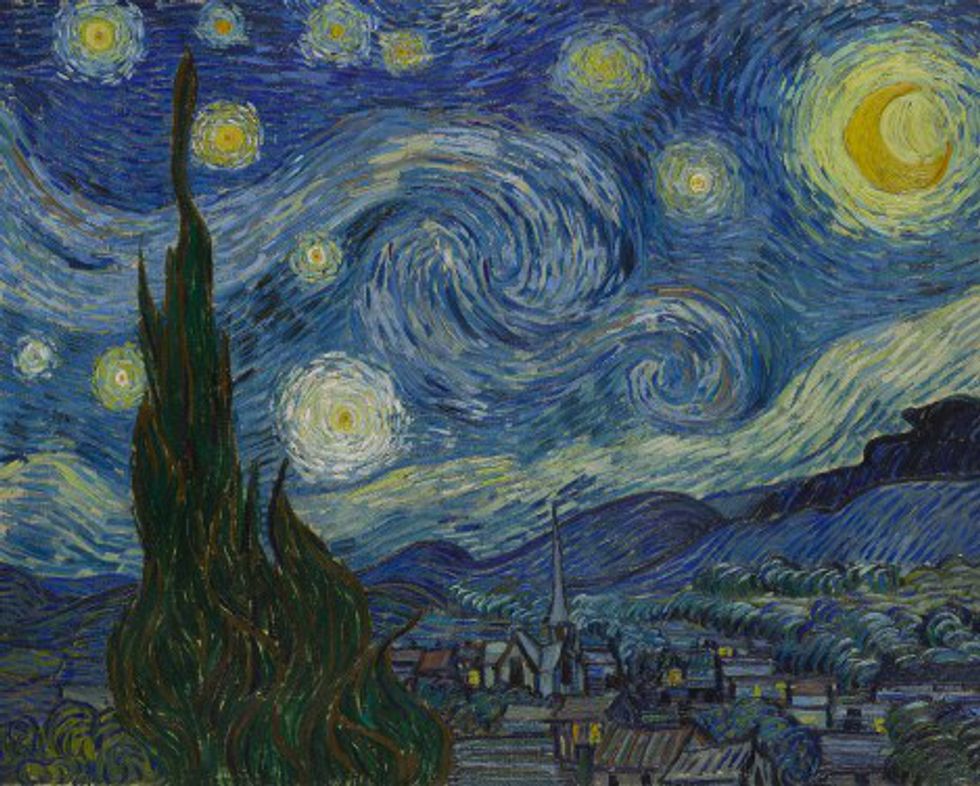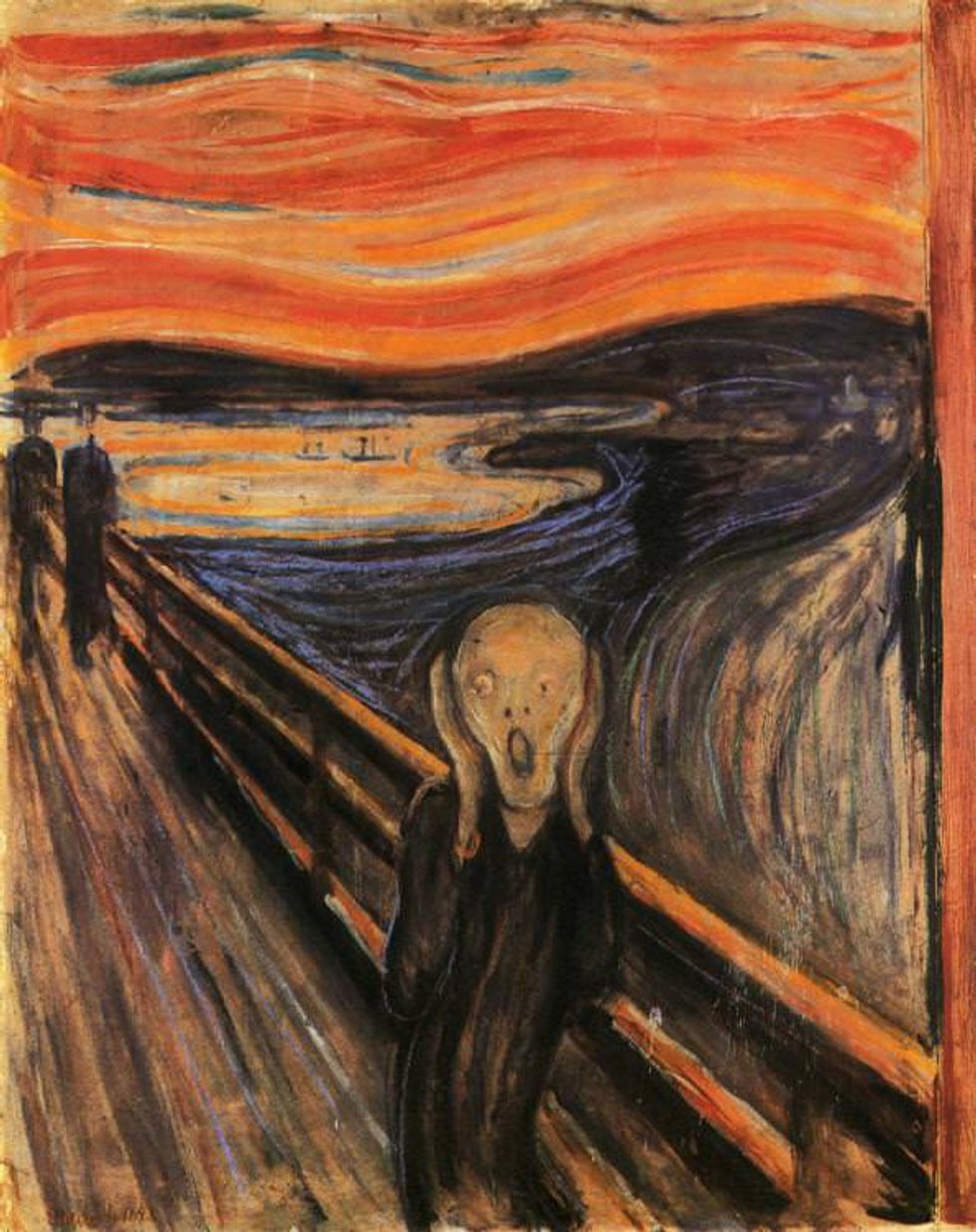“Art should comfort the disturbed and disturb the comfortable."
-Cesar A. Cruz
Though not as well-known as counseling, art therapy has been used for quite some time in the rehabilitation of patients with psychological disorders. Art therapy allows people, who are facing mental and/or emotional stress, to focus on a relaxing exercise. Art therapy helps to reduce anxiety, in addition to encouraging patients to get in touch with their emotions, by expressing them through brush strokes or pencil scratches. As science progresses, studies show that art therapy helps people to rehabilitate mentally, as well as create new neural pathways for coping with their traumatic experiences or mental illness. It has proven to be helpful in cases of post-traumatic stress, anxiety, dementia and even terminal illnesses.
Many famous artists have struggled with mental illness, which they poured out into their works, but one of the beautiful things about art therapy is that it is not exclusively for those who are proficient in the arts. On the contrary, art therapy is a form of stress relief and healing that any person can take part in. Even for those who are not mentally ill, art holds a unique value. It can be meditative, angry, or filled with grief.
Edvard Munch is a Norwegian expressionist from the 1800's who had anxiety, in addition to hallucinations."The sun began to set - suddenly the sky turned blood red," he wrote. "I stood there trembling with anxiety - and I sensed an endless scream passing through nature."CNN Style used this quote in an article in which they related creativity to madness. Munch created many works depicting his deep anxiety. In addition to his own struggles, Munch grew up with a mentally ill father. This greatly affected his life and his art.

Van Gogh is quite well-known for the above painting, which he painted during his one year stay at a mental institution. Many people do not know that he battled severe depression and dementia, later committing suicide. During one specific outburst, he cut off part of his ear with the blade of a razor, but only after first threatening his friend.
It is curious that many well-known artists struggled with mental ailments in their time. There must be a reason why they created art to cope with their afflictions. I would venture to say that it is because art has the power to allow for escape. I stated above that art therapy is near to my heart, this is because I battled with depression and anxiety. During that time art was very much of an escape for me and I know that it can be that for others as well. Art is a place for the open expression of one's emotions, but not only that, it is a haven for the tormented mind. Canvases do not mock; paints do not speak ill of us. Even if for only a moment, paint brushes, eraser shavings and pastel dust are all that exist.





















